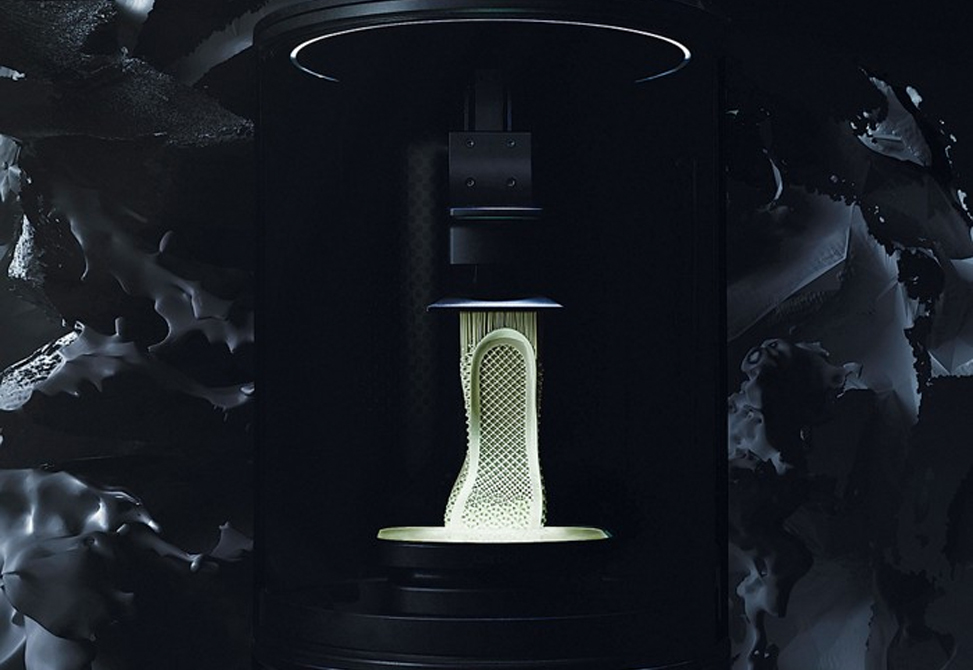3D Printing Revolution
In early 2015, Joseph M. DeSimone, then best known as an influential chemist at the University of North Carolina and North Carolina State University, took to the technology world’s hippest stage and brought the house down. It was a TED Talk, and DeSimone was pitching his new three-dimensional printing company Carbon. An overhead projection boasted that Carbon’s process was 25 to 100 times as fast as other 3-D printing technologies. To prove it, one of his machines made a part—a ball consisting of concentric geodesic layers—live on stage.
While it was emerging from a bath of red fluid, DeSimone recalled how he and the technology’s other inventors were inspired by the scene in the movie “Terminator 2” when the robot baddie reassembles itself from a pool of liquid metal. When the ball was completed toward the end of his 10-minute talk, the room erupted in applause.
For two decades, people have pinned many hopes on 3-D printing. By now, we were supposed to be using products that were 3-D printed, perhaps even 3-D printing parts for ourselves at home. And 3-D printing has made important gains. It is assisting manufacturers in rapid prototyping, factory tooling, and making molds for casting metal parts.
Carbon’s humble beginnings, and its meteoric growth and has been highlighted in C&EN. Please follow this link to read the entire article.


